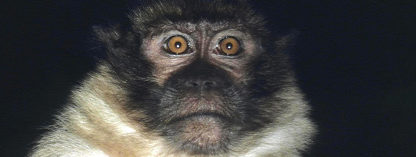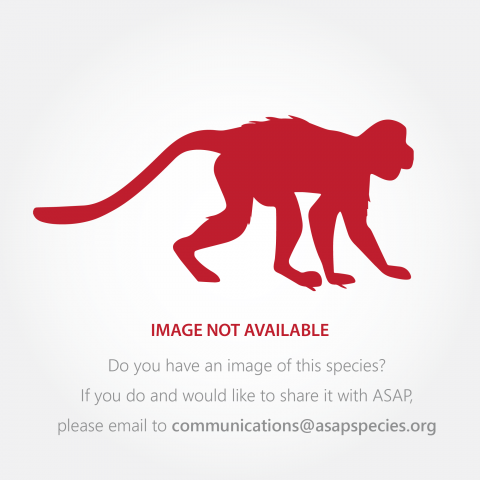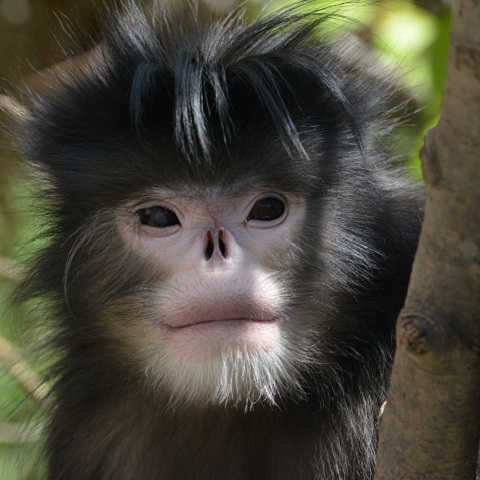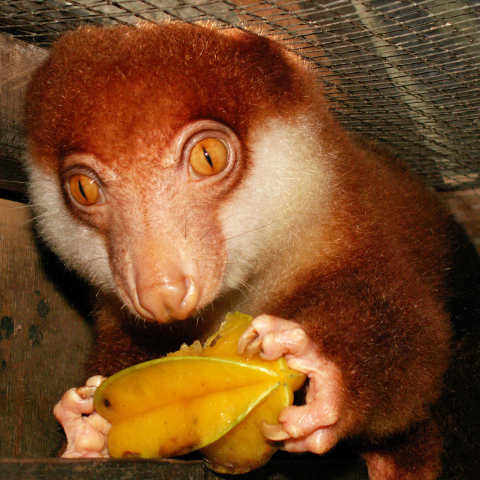Conservation Actions
The species does not occur in any protected areas. Whittaker (2006) suggests the following conservation actions: protection of areas in the Pagai Islands by cooperating with a logging corporation that has practised sustainable logging techniques there since 1971; conservation education, especially regarding hunting; and the development of alternative economic models for the local people, to reduce the likelihood of selling off their lands to logging companies. It is listed on CITES Appendix II.
Not found in any protected area but found in areas suggested for protection (including Betumonga Research Area and the Sinakak Islet) both reportedly logged in recent years. No viable captive population. Only 10-15% of original forest remain in Sipora.
Location Information
This species occurs exclusively on the southern Mentawai Islands off the west coast of Sumatra, Indonesia (Pagai Selatan (South Pagai), Pagai Utara (North Pagai), and Sipora) (Roos et al. 2003) and on the Sinakek off the east coast of South Pagai.
Geographic Range
Extant
Indonesia
Population Information
All populations of this species are urgently in need of protective measures (Whittaker 2006). The estimates of density for it suggest 7-12 individuals/km² in suitable habitat in the Pagai Islands (Paciulli 2004), giving a total of about 2,100 to 3,700 individuals (down from 15,000 in 1980) (Whittaker 2006). This species lives at much higher densities in logged forest than in unlogged forest, and their highest density is in forest logged 20 years ago (Whittaker 2006). Surveys carried out in 2011 suggest the number of animals has decreased since 2004 to about <2,500 individuals mainly due to hunting.
Highest densities of Pagai macaque found in logged forest that in unlogged forest. Most abundant species to be found during line transects in Pagai Islands.
Threats
This species is threatened mainly by hunting and commercial logging (Whittaker 2006), as well as by conversion to oil palm plantations and forest clearing and product extraction by local people (Whittaker 2006). The hunting and logging is seen to increase with the burgeoning human population. Only 10-15% of the original forest cover remains on Sipora (Fuentes 1996/1997). Recently, hunting pressure has increased because of improved access to remote areas due to logging roads and tracks, as well as the replacement of bows and arrows with .177 calibre air rifles (anything larger is illegal in Indonesia) (Whittaker 2006). They are often trapped and killed as crop pests. The Pagai macaque meat though is considered unpalatable but are one of the easiest to catch as they fall for traps. Often cages are used so entire troops are captured in one trap. The ground-living macaques are also affected by road construction where the habitat and territories are affected.
Also, local rituals and taboos that formerly regulated hunting have been replaced by Christianity (Whittaker 2006). The pet trade is also a threat to this species (Whittaker 2006). Though this species is not a preferred food item, it is still hunted and poisoned as it is considered a crop pest (Whittaker 2006). While habitat disturbance appears to positively affect population densities, it is found in lower densities near human settlements (Whittaker 2006).
IUCN Red List Account Link
Please click here to see the species' IUCN Red List Account page.Photo Credits
Roland Wirth (category image)





